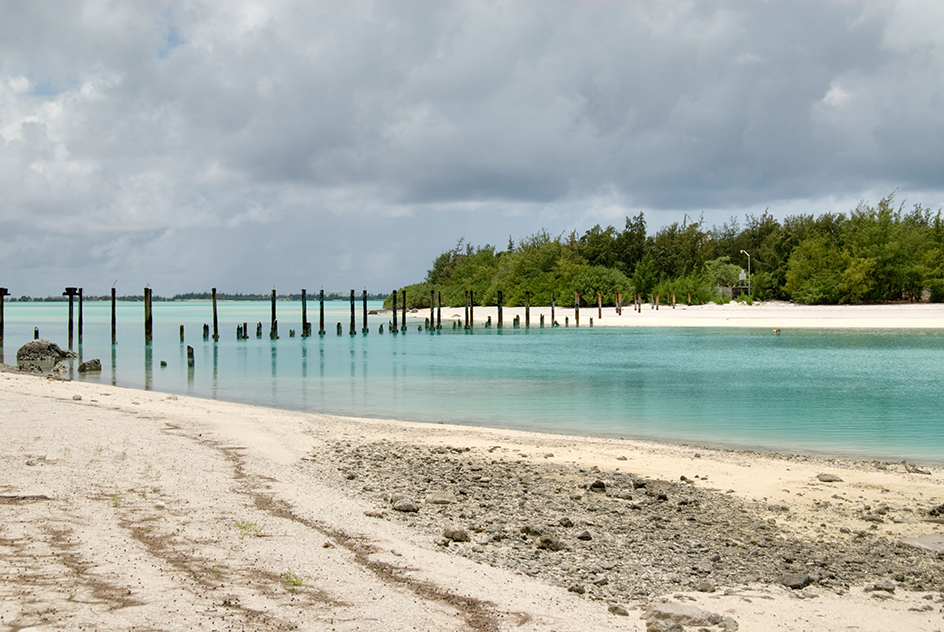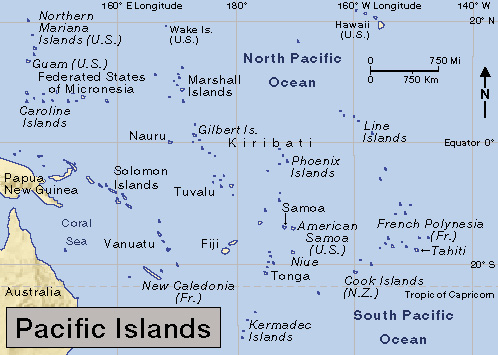Wake Island is a United States possession in the west-central Pacific Ocean. It is a triangular atoll made up of three small coral islets, Wake, Peale, and Wilkes. The islets cover a land area of about 3 square miles (7 square kilometers). They have about 100 people, all of whom are U.S. citizens. With a curving reef, they enclose a lagoon that is less than 4 square miles (10 square kilometers) in area. Wake’s vegetation consists mainly of shrubs and bushes.

Spaniards probably sighted Wake when they explored the Pacific in the late 1500’s. The British schooner Prince William Henry landed there in 1796. In 1841, Lieutenant Charles Wilkes of the United States Exploring Expedition surveyed Wake with the aid of the naturalist Titian Peale. They found no indication that the atoll had ever been inhabited. Wake Island became an unincorporated territory of the United States in 1898. The United States claimed Wake because it lay on the cable route from San Francisco to Manila. In 1935, Wake became a base for Pacific air traffic.
Wake Island was the site of an early World War II battle. For two weeks in December 1941, a force of 400 U.S. Marines and about 1,000 civilians fought off a Japanese invasion. But the Japanese captured Wake in late December 1941. The Japanese garrison on Wake surrendered at the end of the war, in 1945.

Today, Wake is used primarily for emergency stopovers for airplanes and ships. Agencies of the U.S. National Oceanic and Atmospheric Administration, including the National Weather Service, have research and monitoring units on the atoll.
